Enclosed garden design originated as a means to create private, tranquil spaces, often within bustling urban environments. This design provides a sense of intimacy, allowing a connection with nature devoid of external distractions. Historically, walled gardens offered solitude and protection, becoming havens for contemplation. Today, enclosed garden concepts are myriad, ranging from small courtyard sanctuaries to larger enclosed spaces with modern flair. While the notion of an enclosed garden might initially appear restrictive, it actually offers boundless opportunities for creativity and personal expression. Dive into enclosed garden design ideas and transform your space into a serene retreat.
Garden enclosure with mesh fencing. This design protects plants from pests while allowing air and sunlight to reach them. Source
Garden enclosure with raised beds and trellises. This design promotes an organized space for growing vegetables while providing protection from pests. Source
Garden structure enclosure. Incorporating raised beds within the structure can enhance plant accessibility and pest protection. Source
Greenhouse with surrounding flower beds. Incorporating a variety of plants can enhance biodiversity and visual appeal in your garden design. Source
Lush greenery with stone pathways. Incorporate more varied plant heights and textures to create visual interest and depth in your garden design. Source
Raised garden beds for vegetable variety. Incorporating diverse leafy greens can enhance both aesthetic appeal and provide fresh produce. Source
Garden Layout Plan
Creating a garden layout plan can transform your space into a beautiful oasis. Think about how different zones can serve your needs, like a cozy seating area or a vibrant vegetable patch. Sketching it out helps visualize where to place plants, paths, and features for the best flow and impact.
Focal Points
Focal points in garden design really grab attention and set the tone for the space. Think unique sculptures, vibrant flowers, or even a stunning tree that stands out amid the greenery. These elements help guide the eye and create a more dynamic outdoor experience.
Plant Selection
Choosing the right plants can make or break your garden design, so think about your climate and soil type first. Native plants are a great choice since they thrive in local conditions and attract pollinators, adding life to your garden. Mixing textures and colors will create depth and interest, making even a small space feel vibrant and alive.
Hardscape Elements
Hardscape elements bring structure and function to your garden, creating paths, patios, and retaining walls that enhance the overall design. Materials like stone, brick, and concrete add texture and durability, balancing out the softer greens and colors of plants. Incorporating fixtures like benches, fire pits, or fences can also change the vibe of your space, making it feel cozy or modern.
Access Pathways
Access pathways are super important in garden design. They guide visitors through the space while ensuring easy maintenance access for things like weeding or watering. Plus, they can really enhance the aesthetic, using materials like gravel, pavers, or even wooden planks to create a welcoming vibe.
Privacy Fencing
Privacy fencing is a game changer for any garden setup, giving you that cozy, secluded vibe while keeping nosy neighbors at bay. You can get creative with materials like wood, vinyl, or even bamboo to match your style. Plus, adding plants or trellises can make it look even more inviting and integrated into your space.
Water Features
Water features add a whole new vibe to garden design, making spaces feel more tranquil and alive. Whether it's a small fountain, a pond, or a simple birdbath, the sound of flowing water creates an instant sense of peace. Plus, they attract wildlife, giving you a chance to connect with nature right in your backyard.
Garden design, particularly enclosed garden spaces, involves creating a serene and private environment that integrates elements like walls, hedges, or fences to establish boundaries and intimacy. This design process often includes careful selection of plant species that thrive in enclosed settings, as well as the incorporation of features such as water elements, pathways, and seating areas to enhance tranquility and aesthetic appeal. The result is a peaceful retreat that provides a sense of seclusion and a personal connection to nature, while also offering a functional and beautiful outdoor space for relaxation and contemplation.

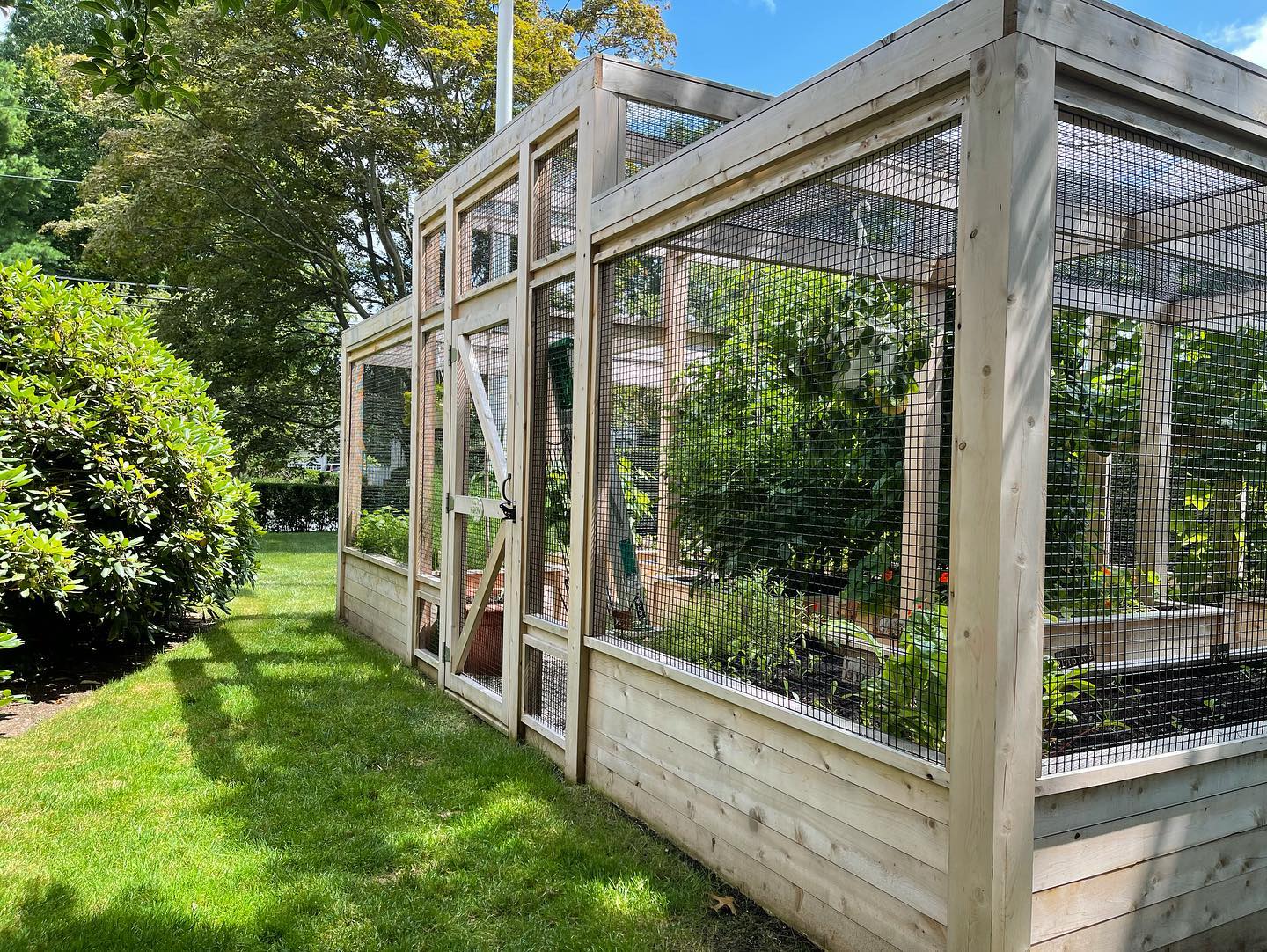
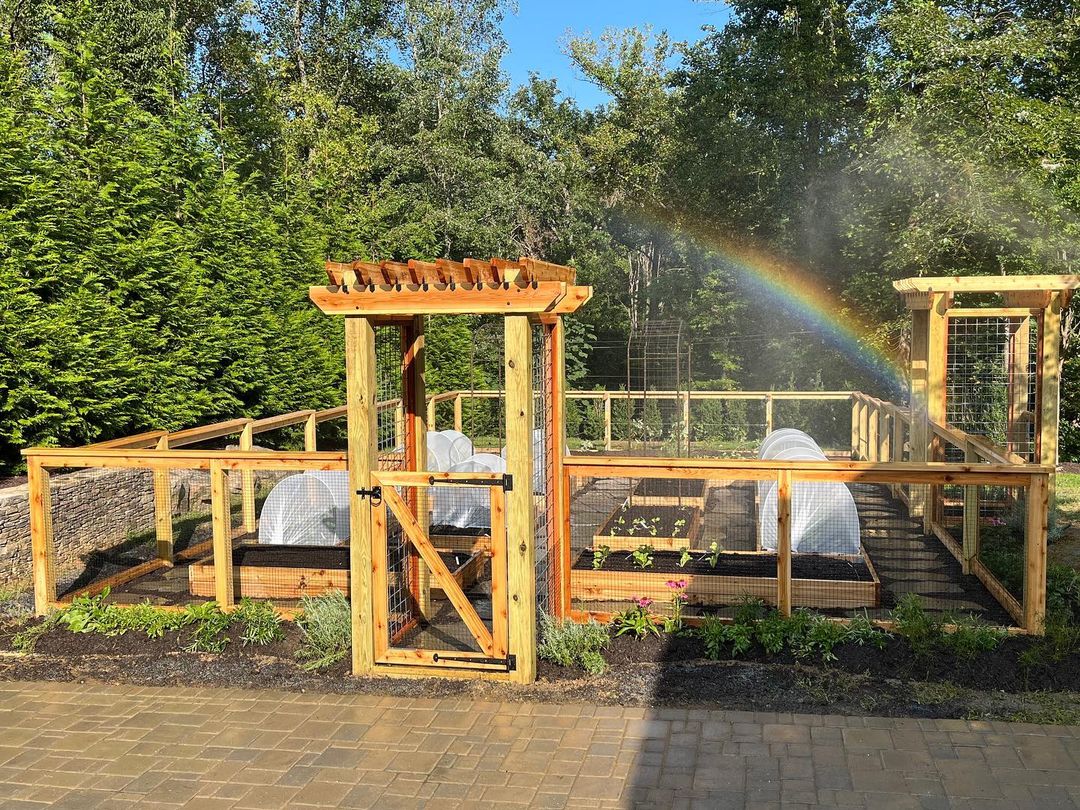
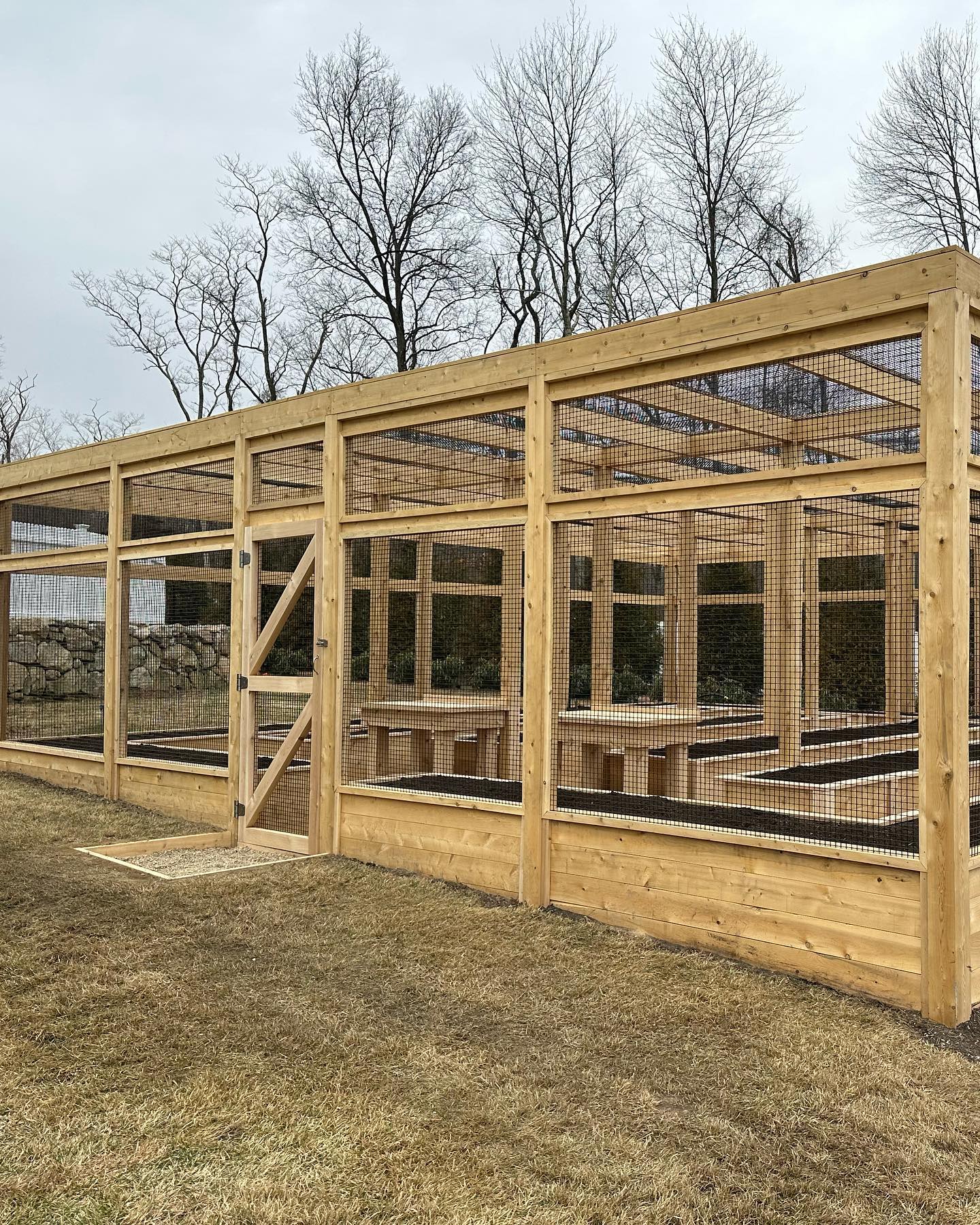
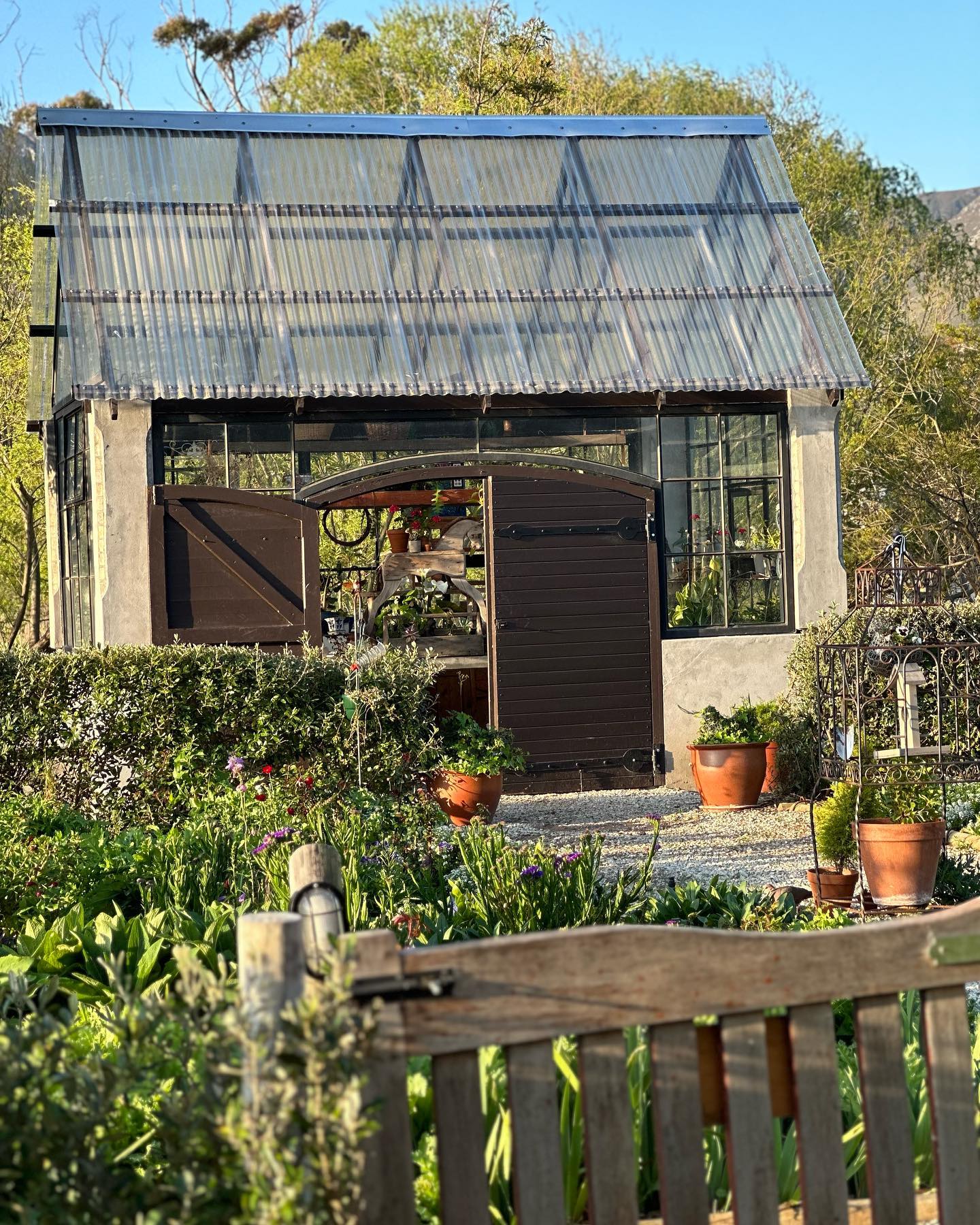
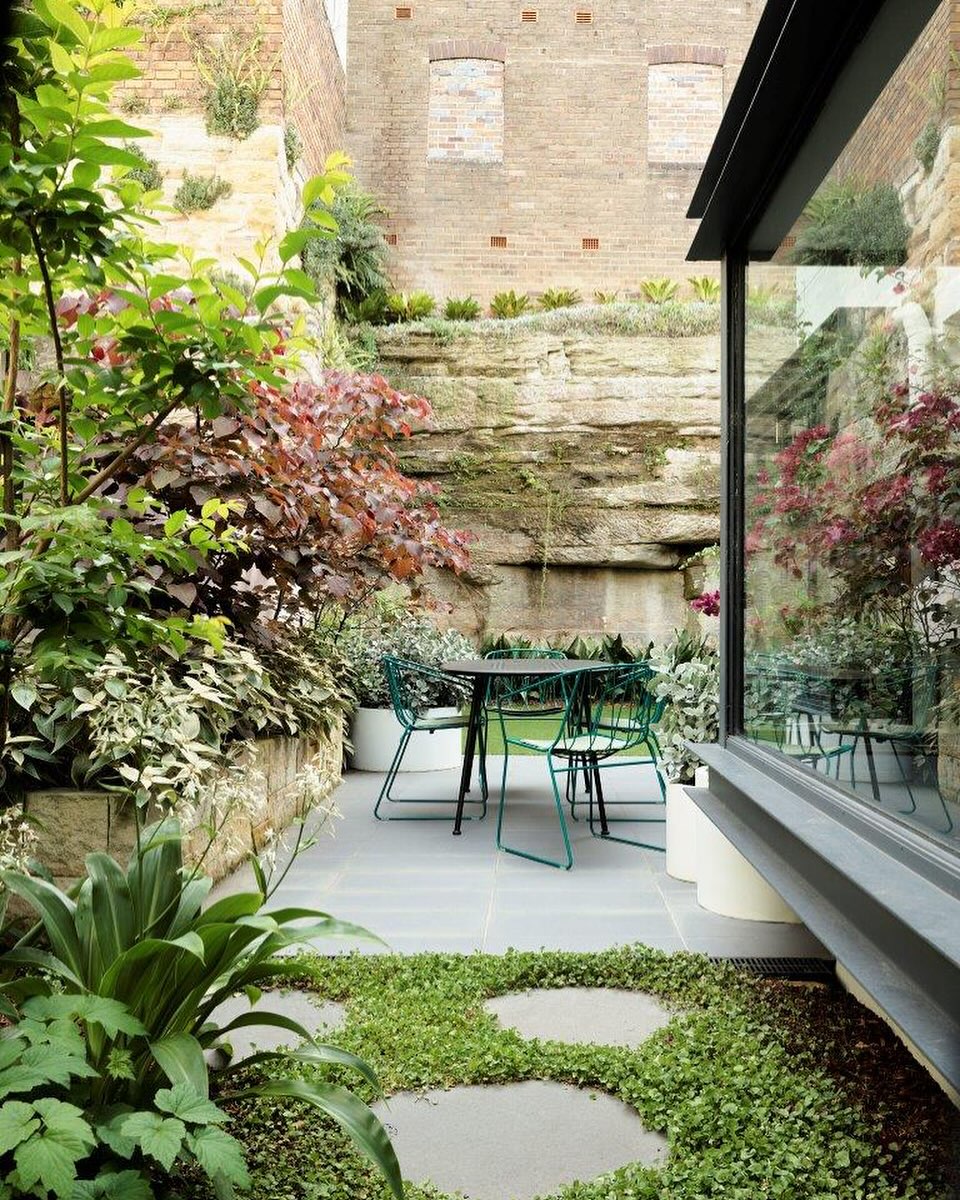
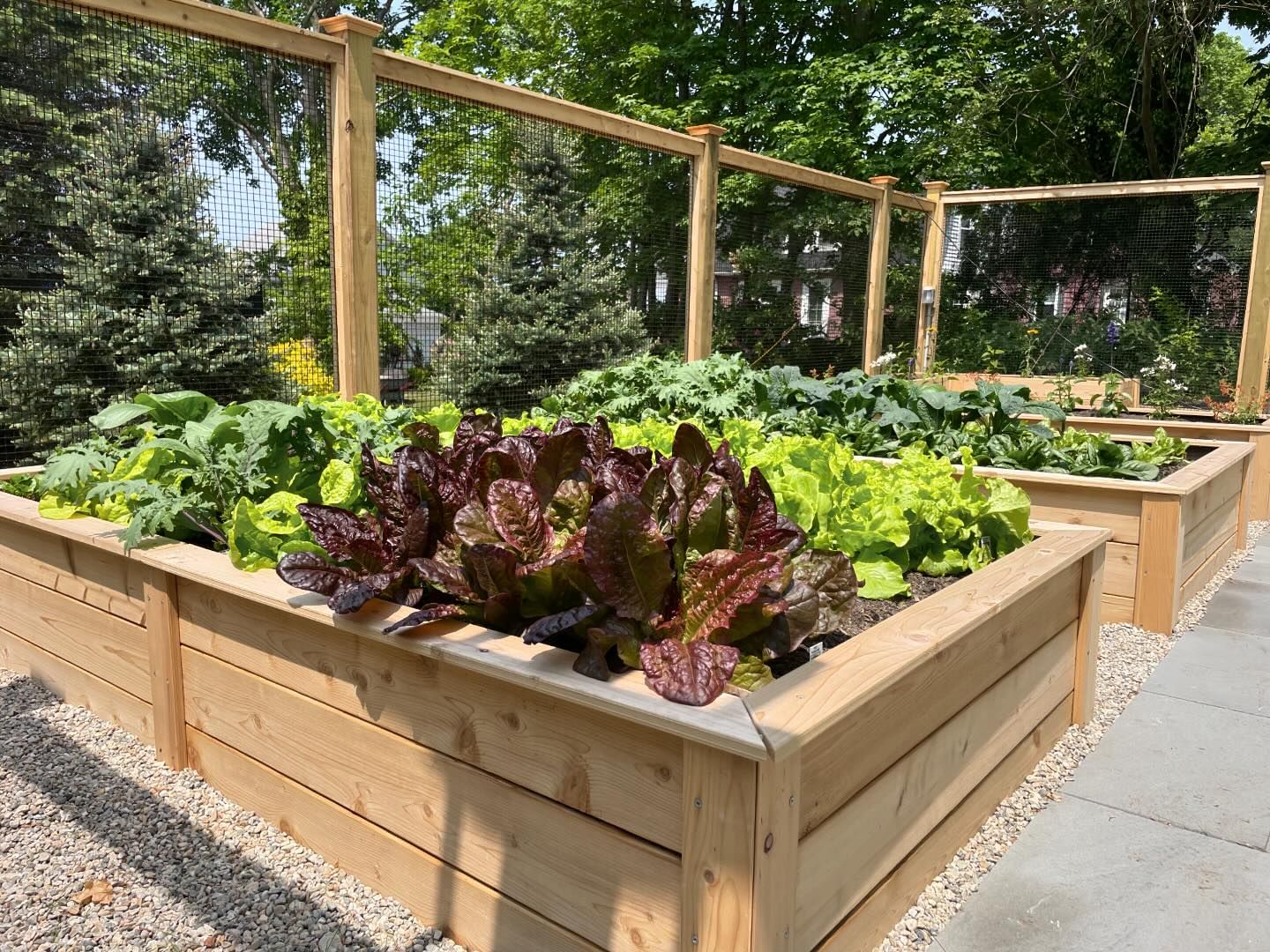

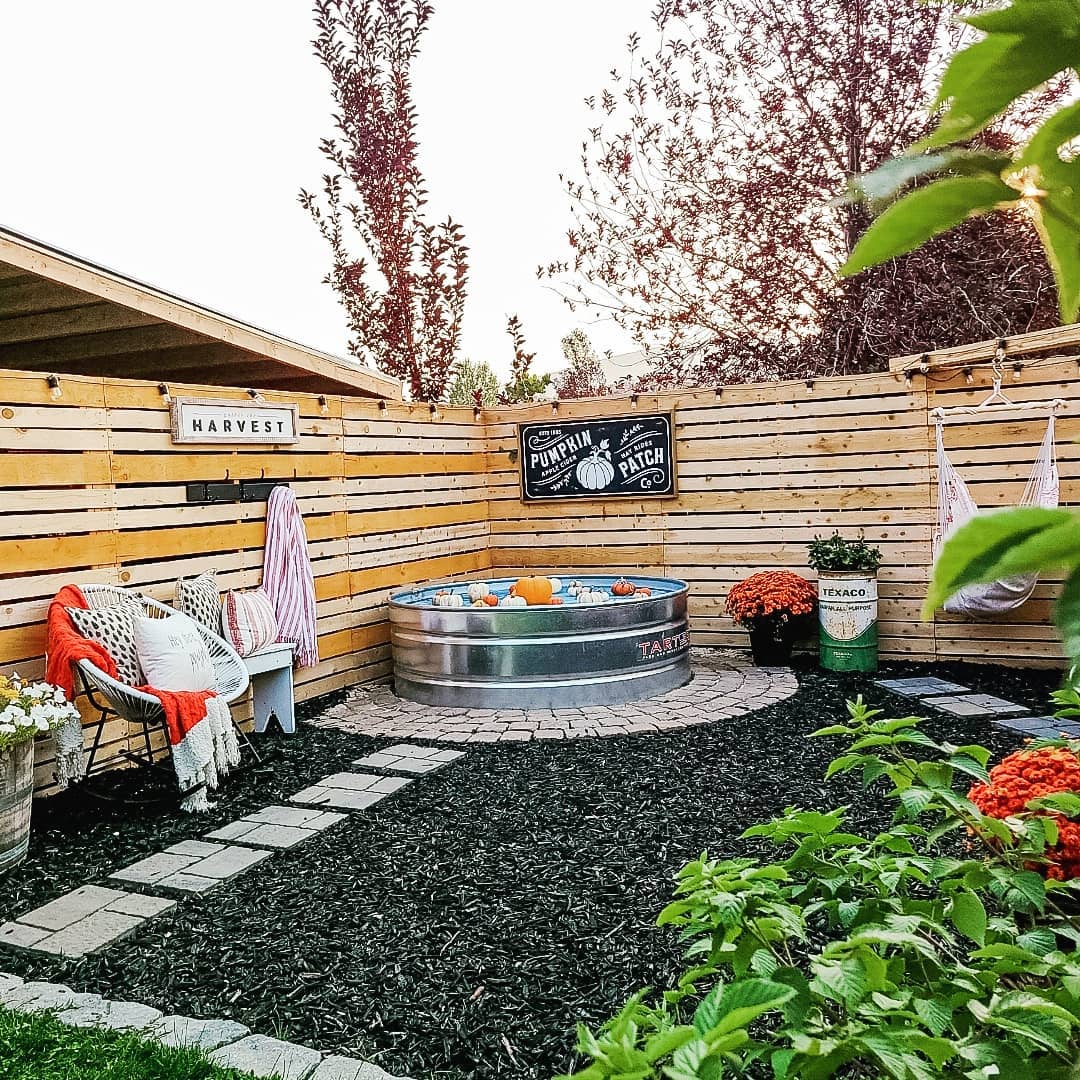
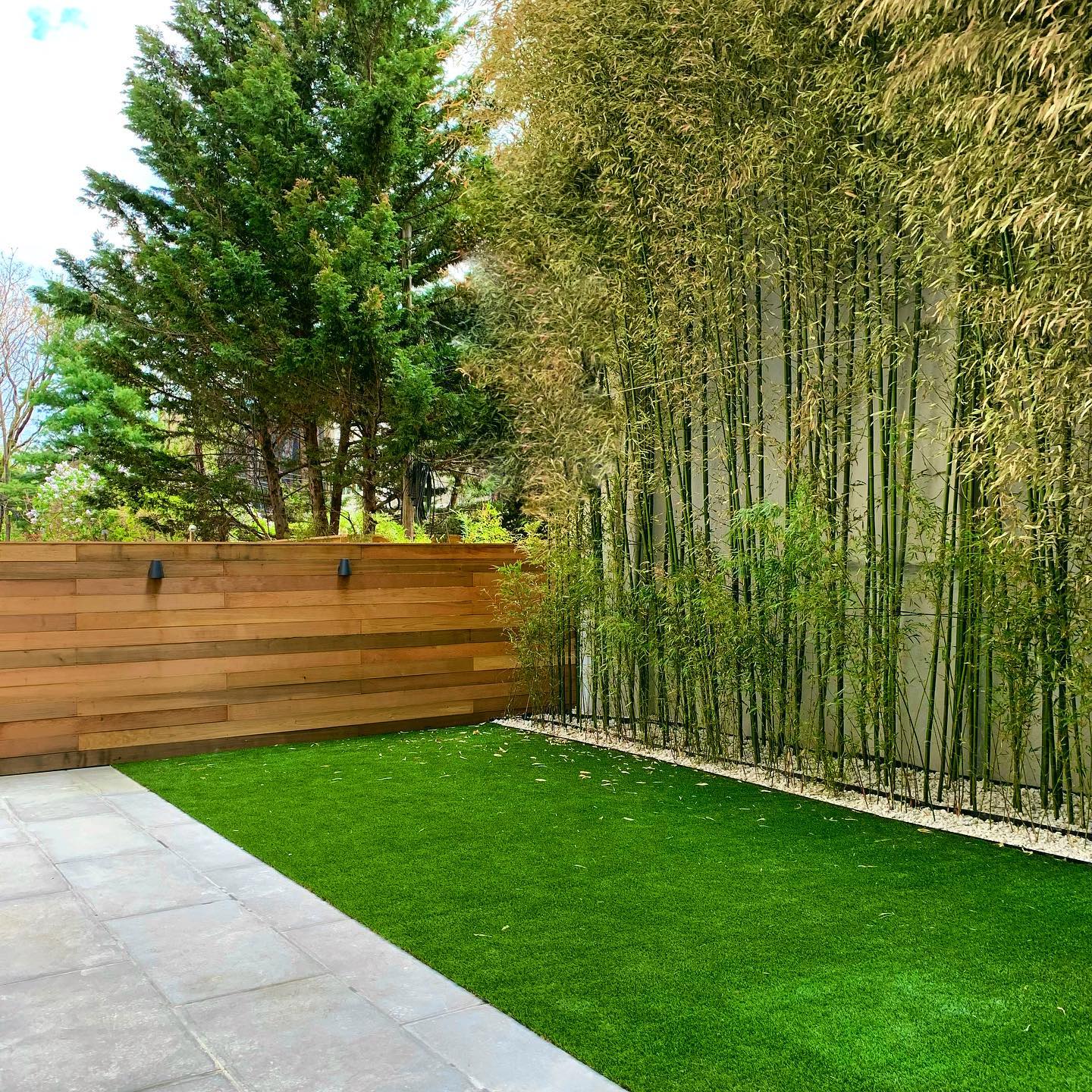
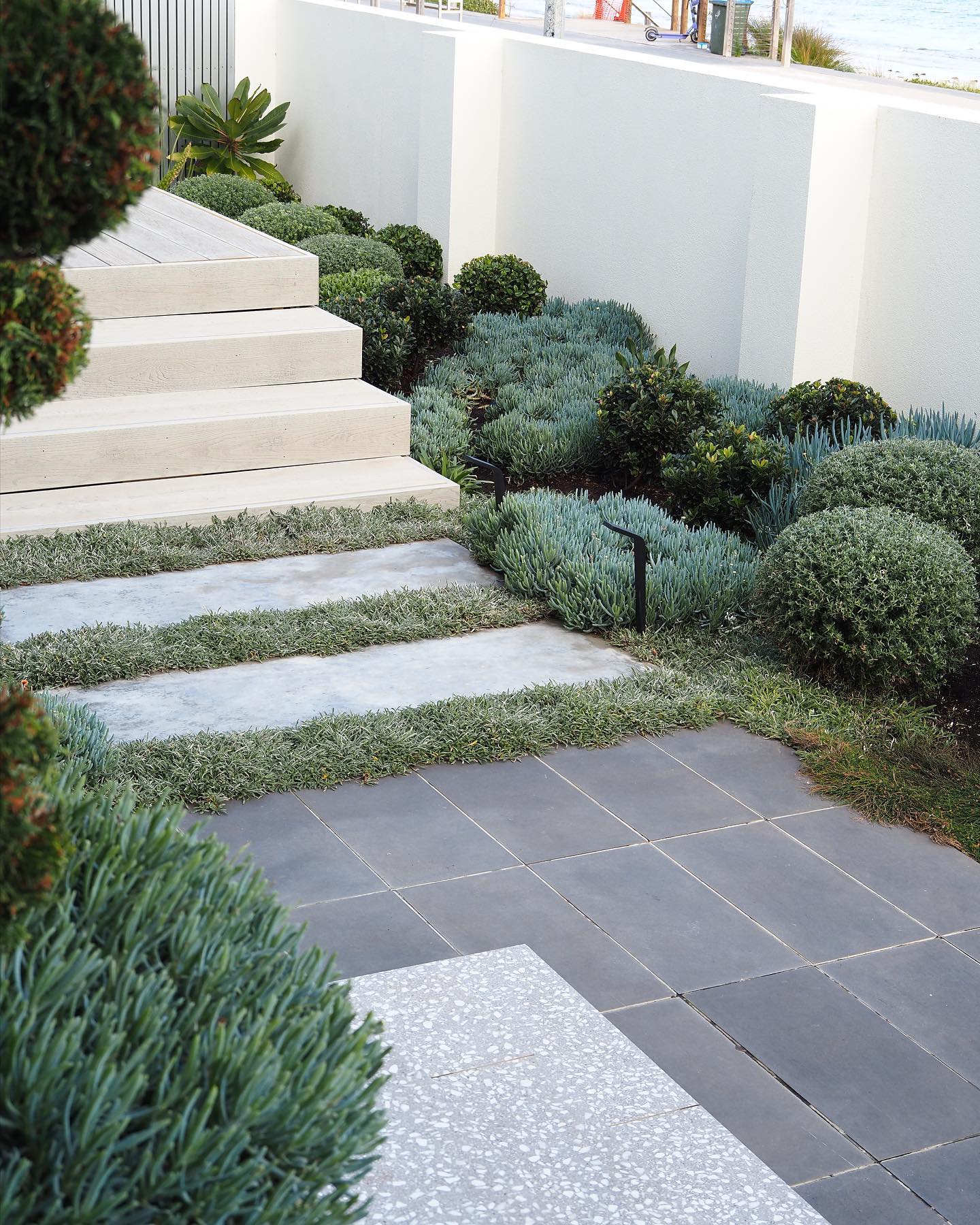
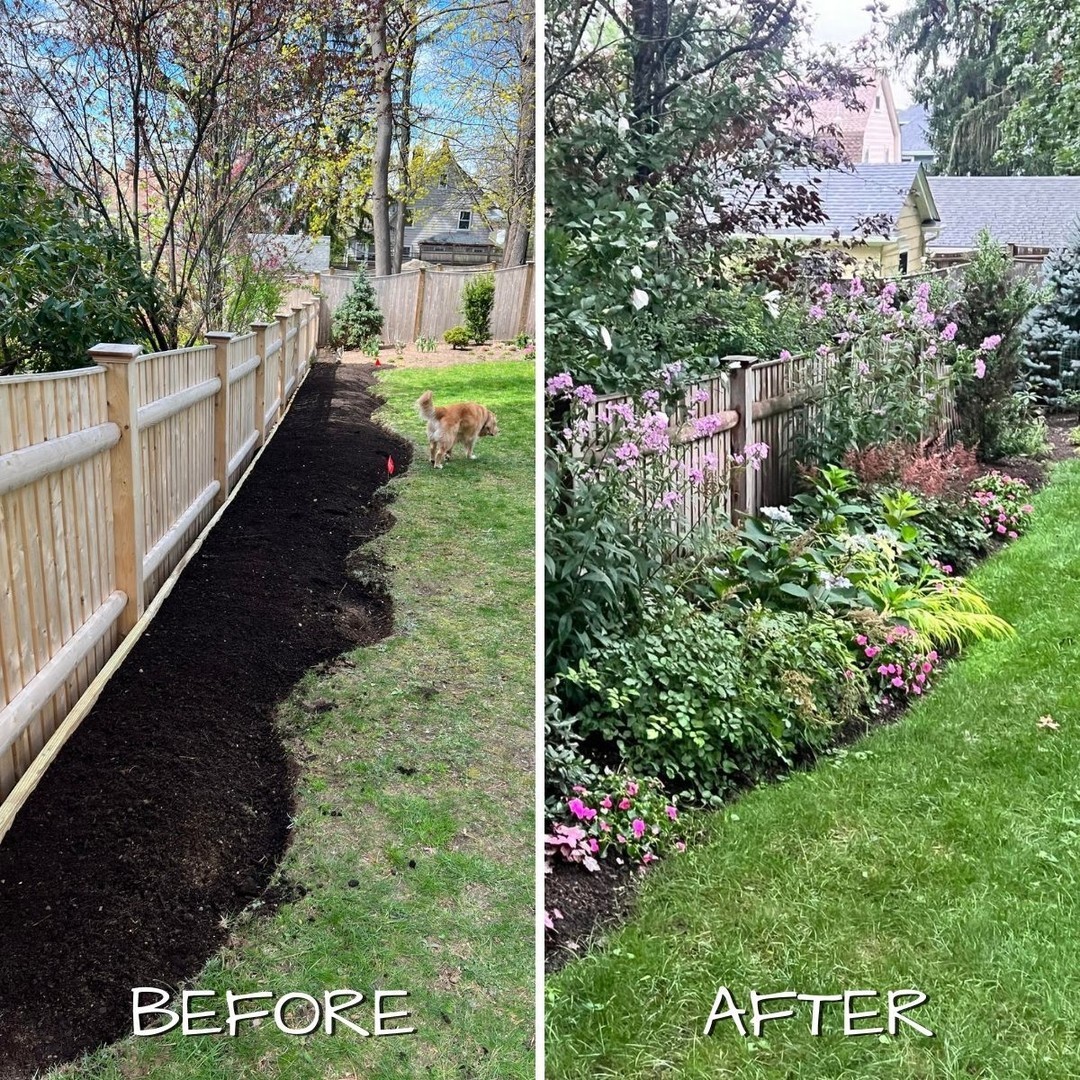
Comments